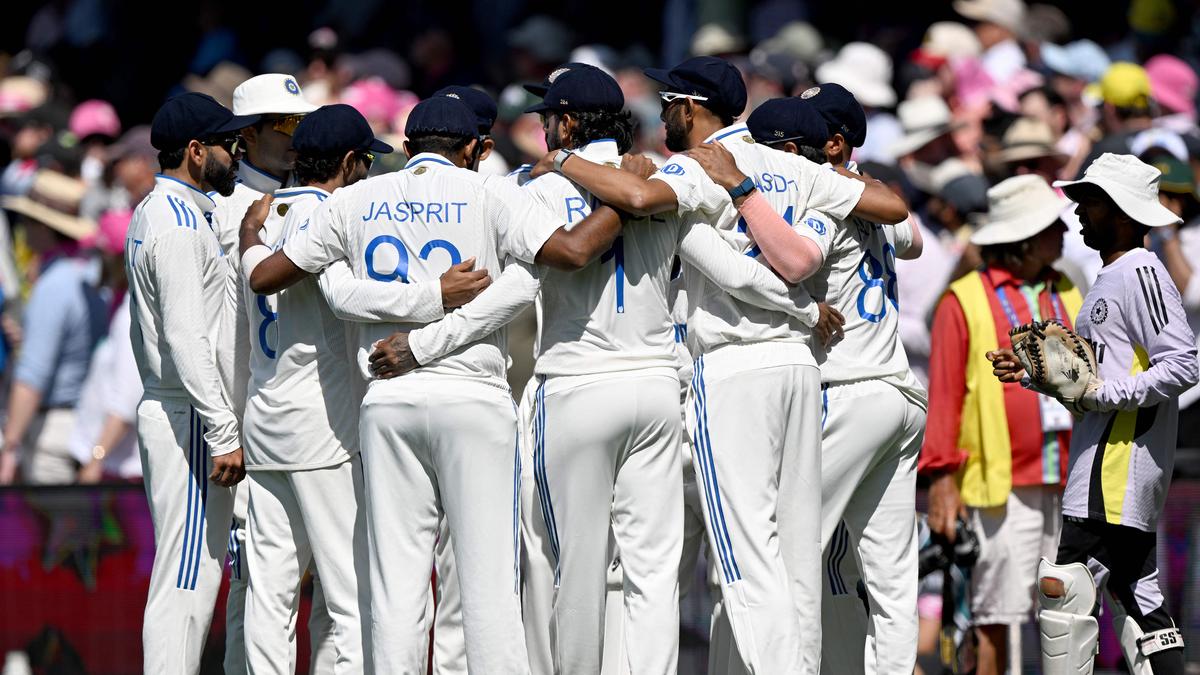What a pleasure it was to be at the start of the celebrations of the Golden Jubilee of the Wankhede Stadium. I actually invited myself for the first day, where the MCA were to felicitate the past captains of both the men’s teams as well as the women’s teams. The MCA has invited all those from Mumbai who captained India for the last day of the celebrations, which will be something truly memorable. My justification for crashing the opening day felicitation was simply because I was captain of Mumbai first before captaining India, so I could attend the event too. As always, being in the company of cricketers who played with me and some who came a bit later too was an experience to cherish. Over a sumptuous lunch, which can teach the stadiums in Australia what good service is about, it was fun to recount some old incidents and laugh at other stories that one had heard before too.
Surprisingly, there was very little chat about what had happened in Australia, though there was some concern expressed as to where the Indian team was heading. That is also probably what most Indian cricket lovers will be worried about. With two back-to-back Test series losses, and bad ones too, there’s a dull feeling about the rest of the international season. The excitement that is usually there in anticipation of a new series doesn’t seem to be there, and the listlessness that one saw on the field seems to have been transmitted to the fans too.
Indian cricket needs a new challenge, and with a couple of new administrators on board, it will be interesting to see how that challenge is met.
The first decision to take in such a situation is whether to look at the immediate future or take a long-term view of how to get Indian cricket rocking again. The next few months are all going to be about limited-overs cricket and the IPL. White-ball performances should not blind us to the deficiencies in Test cricket. These need to be addressed too, as the new cycle for the World Test Championship final begins with the five-Test match series against England from mid-June.
The mistakes that were made in Australia should not be repeated. The team should arrive in England in one group and not in four batches as was done in Australia. For the first two days in Australia, the team was without captain, vice-captain and coach. What kind of a message does it send to the home team? That here’s a team that has arrived with no leadership group and can be easily broken with a few tough performances. Surely the BCCI will not allow this to happen again. Yes, the odd player who is recovering from injury can join the team later, but the leaders must be the first to arrive to make a statement that the team is ready for battle.
Now that India hasn’t qualified for the WTC final, there’s an additional week for the team to acclimatise by playing some practice games. English conditions mean that the ball will swing in the air and seam after pitching. However much one practises in the nets, the knowledge that even if a batter gets out a few times in the net, he can carry on batting doesn’t make for good mental preparation. Never mind if the opposition for practice matches isn’t top class; the runs scored and wickets taken in a match will boost the confidence considerably.
It was understandable to some extent to have a large squad of around 20 for Australia, as it is not an easy place to reach, and the body clock does take a few days to adjust to the local time zone. This is not so much of a problem in England, but the change in weather conditions from the hot Indian summer to the cool winds in England can be tricky at the best of times. Still, carrying more than 16 players will indicate the selectors are unsure, and that’s never a good sign. Just because the BCCI can afford to send a large party doesn’t mean the India cap should be given just like that. The usual problem overseas is a lack of practice bowlers, so by all means take a few bowlers over, and they can be given the training and clothing, but not the India cap.
There will be some gaps between the Test matches, and these need to be utilised for practice games. Travel in England is by road almost every time, and the India team will drive down to the next Test venue on the last evening of the previous Test match. Since there won’t be a travel day involved, giving the next day off after the Test is understandable, but the next couple should be used for practice. This recent tradition of optional practice should be done away with, and only the coach and captain should decide who gets days off from practice, and this should not be left to the individual player to decide.
Indian cricket has depth, or so we are told, and hopefully, that will be seen in England, where a new India can show they are ready to take on the world.












